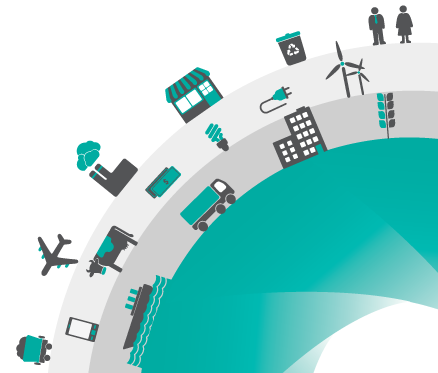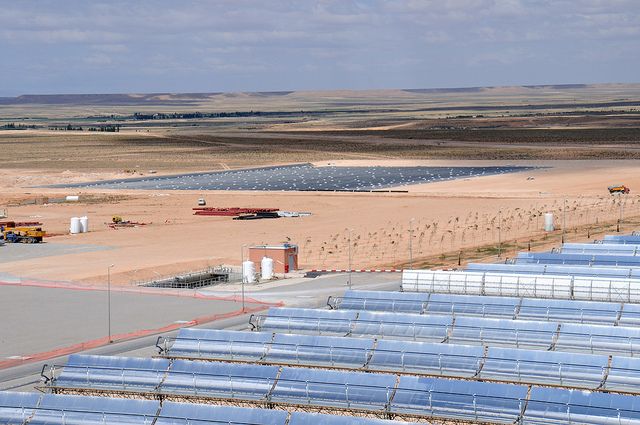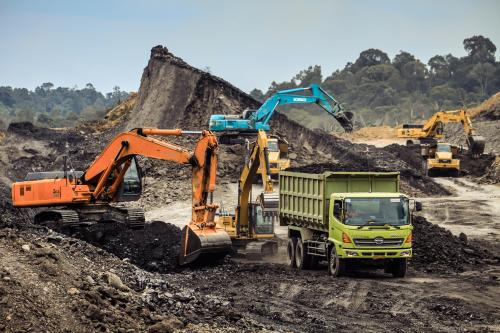Blog
Foxconn Scandal Offers Supply Chain Lessons
What do Apple, HP and Dell have in common – apart from making computers? They all source electronics from Foxconn, the beleaguered Chinese company under fire for working conditions at its factories. There is a clear lesson to be drawn from the ongoing Foxconn furor.
GHG Protocol: The Gold Standard for Accounting for Greenhouse Gas Emissions
Today the GHG Protocol launches two new global greenhouse gas accounting standards - for corporate value chains (scope 3) and product life cycle emissions. Janet Ranganathan, WRI's Vice-president for Science & Research, and Pankaj Bhatia, WRI’s Greenhouse Gas Protocol Director since 2004, describe the 12-year program's critical role in business and government efforts to address climate impacts
Closing the Bankers' Loophole in Emissions Reporting
As the country reflects on the anniversary of the fall of Lehman Brothers and the subsequent bailouts of major banks, pressure is mounting for financial institutions and companies to more fully disclose their investment risks, especially those risks from climate change.
Top Ten Questions about the Scope 2 Guidance
On January 20, the GHG Protocol released the Scope 2 Guidance: an amendment to the Corporate Standard. It is the first major revision to the Corporate Standard in over 11 years. To help companies start implementing the Guidance, here are a few answers to the top ten questions you might have and where to find more information in the Guidance document.
You, too, can master value chain emissions
For many businesses, value chain (scope 3) emissions account for more than 70 percent of their carbon footprint. Measuring and managing these emissions can motivate a company to do business with greener suppliers, improve the energy efficiency of its products, and rethink its distribution network -- measures that significantly reduce the overall impact on the climate.
How to Calculate Policies’ Effects on Greenhouse Gas Emissions
Tunisia launched its renewable energy program, PROSOL ELEC, in 2010 to scale up solar photovoltaic systems in buildings throughout the country. The National Agency for Energy Conversation (ANME) anticipated that the greater use of solar power would help curb climate change, but experts didn’t quantify just how much the program would reduce the country’s greenhouse gas emissions.
New e-learning courses on the Policy and Action Standard and Mitigation Goal Standard
The GHG Protocol offers two new online courses for policymakers and analysts at either the national or local level. The courses are intended to help users understand the Policy and Action Standard and Mitigation Goal Standard and apply the standard to their specific circumstances.
Fossil Fuels - What's at Risk?
Because the value of fossil fuel companies is based on the size of their reserves, it may seem counter-intuitive to see some of these assets as potential risks. But changes in market or economic conditions can make some reserves too expensive to tap, leaving them stranded – and their owners more vulnerable than the size of their reserves would indicate.
Pagination
- Previous page
- First page
- 1
- 2
- 3
- 4
- 5
- 6
- 7
- 8







